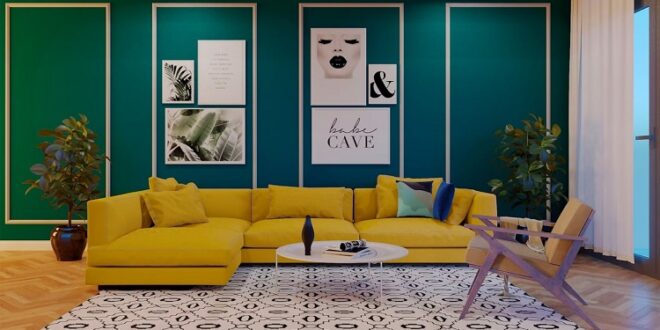In today’s fast-paced and technology-driven world, the realm of product design has evolved significantly. Two crucial aspects of this transformation are 3D design and 3D modeling. These techniques have revolutionized the way we approach product development, from conceptualization to creation. This blog post will delve into the fascinating world of 3D design and 3D modeling, exploring their differences, applications, and significance in various industries.
Understanding 3D Design
3D design is the intricate process of crafting a three-dimensional product design from scratch. It begins with a conceptual idea or a design brief, which outlines the product’s purpose and features. The journey then progresses through several stages:
Conceptualization: The first step involves brainstorming and sketching out the product’s appearance, form, and functionality. This stage is crucial for ideation and can be done using pen and paper or digital sketching tools.
Computer-Aided Design (CAD): Once the initial concept is fleshed out, the design moves into the digital realm. CAD software is used to create a detailed and precise 3D model of the product. Designers can manipulate the model, refining it as needed.
Prototyping: After the 3D model is developed, a physical prototype is created using various manufacturing methods, such as 3D printing, CNC machining, or injection molding. This prototype allows designers to test the product’s functionality and make necessary adjustments.
Fabrication: Once the prototype is perfected, the final product is manufactured using the chosen materials and processes. The 3D design serves as a blueprint for production.
Understanding 3D Modeling
On the other hand, 3D modelling is a distinct but closely related process. Instead of creating a product from scratch, 3D modelling involves crafting a three-dimensional model of an existing object or concept. Here’s how 3D modelling typically works:
Data Collection: This process begins with gathering data about the object or concept. This data may be collected through physical measurements, 2D drawings, or digital scans.
3D Modeling Software: Specialized 3D modelling software is used to create a digital replica of the object. Designers meticulously shape and detail the model, ensuring it accurately represents the original.
Applications: 3D models can be applied in various fields, such as architecture, video game development, animation, and industrial design. They serve as a foundation for creating digital environments, characters, prototypes, and more.
Significance and Applications
3D design and 3D modelling play pivotal roles in numerous industries:
Product Design: These techniques streamline the process of creating and refining prototypes, leading to more efficient product development cycles.
Architecture: Architects use 3D modeling to create realistic digital representations of buildings and landscapes, aiding in project visualization and planning.
Gaming and Entertainment: Video game developers and animators rely on 3D modeling to bring characters and environments to life, enhancing the immersive experience.
Engineering: In the engineering realm, 3D design and modeling are essential for creating intricate machine parts and components with precision.
Medicine: The medical field uses 3D modeling for tasks like anatomical visualization, surgical planning, and creating customized prosthetics.
Conclusion
3D design and 3D modeling have revolutionized the way we design and create products. While 3D design takes a concept from its initial idea to physical production, 3D modeling focuses on replicating existing objects in a digital space. These two processes have immense significance in various industries, making them indispensable tools for designers, engineers, and creators worldwide. The ongoing evolution of these technologies promises to shape the future of design and innovation.
 HammBurg Be informed with latest news, reviews, entertainment, lifestyle tips, and much more.
HammBurg Be informed with latest news, reviews, entertainment, lifestyle tips, and much more.




